There is a plant called henna. There is a medicinal use for the leaf.
The root of henna (Alkanna tinctoria), also known as alkanna root, should not be confused with henna.
Heena leaves has been used historically to treat severe diarrhea caused by parasites (amoebic dysentery), cancer, enlarged spleens, headaches, and jaundice. Hennea is often used to treat ulcers in the stomach and intestines. In addition to treating dandruff and eczema, henna is sometimes used to treat fungal infections, wounds, and scabies.
Manufacturers use henna to make cosmetics, hair dyes, and hair care products, as well as clothing, nails, and hand dyes.
Benifites of Heena leaves
Hair color with henna leaves
Traditionally, henna has been used as astringents, purgatives, and abortifacients. However, it can also be used on hair. As a natural plant dye, henna is primarily used in hair dyes.
Health benefits of henna for hair
Sealing the cuticle of the hair may prevent breakage and improve the hair’s shine and appearance.
Hair loss may be reduced by mehendi leaves
Henna has numerous health benefits. Henna can be beneficial for people who are experiencing hair loss or baldness
It may be possible to fight aging with henna
The antioxidant capacity of henna has not been extensively researched, but it can act as an astringent, reducing the appearance of wrinkles and aging, as well as scars and other skin imperfections.
Healing wounds with henna
A notable henna application is its ability to protect the skin from infections and reduce inflammation. In addition to its ability to add a protective layer against foreign pathogens and substances, it has natural cooling properties that absorb heat from the skin, which has made it a popular treatment for burns, wounds, and scrapes for generations. This may make it as effective as aloe vera gel for treating sunburns.
Fever can be reduced by henna leaves
A fever needs to be broken quickly, and henna may help by causing sweating and thereby breaking the fever or cooling the body.
There are anti-inflammatory properties in henna
The juice of the henna plant is not always praised as particularly beneficial, but it is effective for relieving headaches if applied directly to the skin. The anti-inflammatory properties of henna compounds may help reduce tension and promote healthy blood flow in the capillaries, thereby alleviating headaches and migraines
How to use
Leaf
A paste of mehendi leaves is made or dried leaves are powdered and used as a hair dye for hands, nails, and feet. As a result, it can help with jaundice, skin diseases, and smallpox.
It may be beneficial to drink water infused with leaves to prevent nail cracking and inflammation. If you apply a poultice directly to the nail beds, you may find relief from irritation, pain, and infection.
Names in different languages
| Botanical |
Lawsonia inermis
|
| Hindi |
Hena, Mehndi, Mhindi
|
| English |
Camphire, Cypress Shrub
|
| Sanskrit |
Dvivranta, Kokadanta, Medika
|
| Gujarati | Medi, Mendi |
| Malyalam |
Mayilanji, Pontalasi
|
| Marathi | Mendhi, Mendi |
| Oriya |
Mehendi, Mendi, Monjuati
|
| Punjabi |
Hinna, Mehndi, Nakrize, Panwar
|
| Tamil |
Aivanam, Aivana, Korandam
|
| Telgu |
Goranta, Gorata, Gorinta, Krommi
|


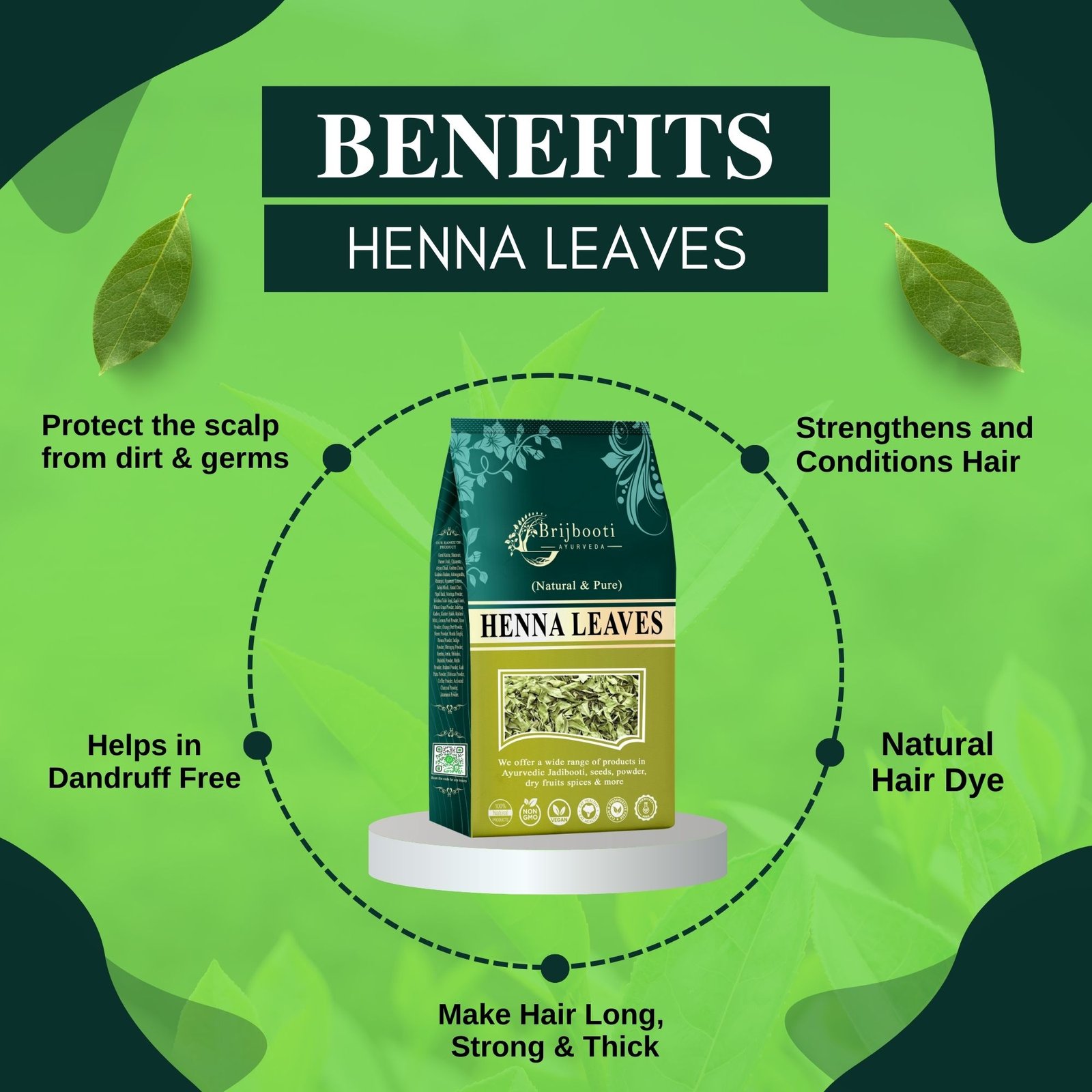
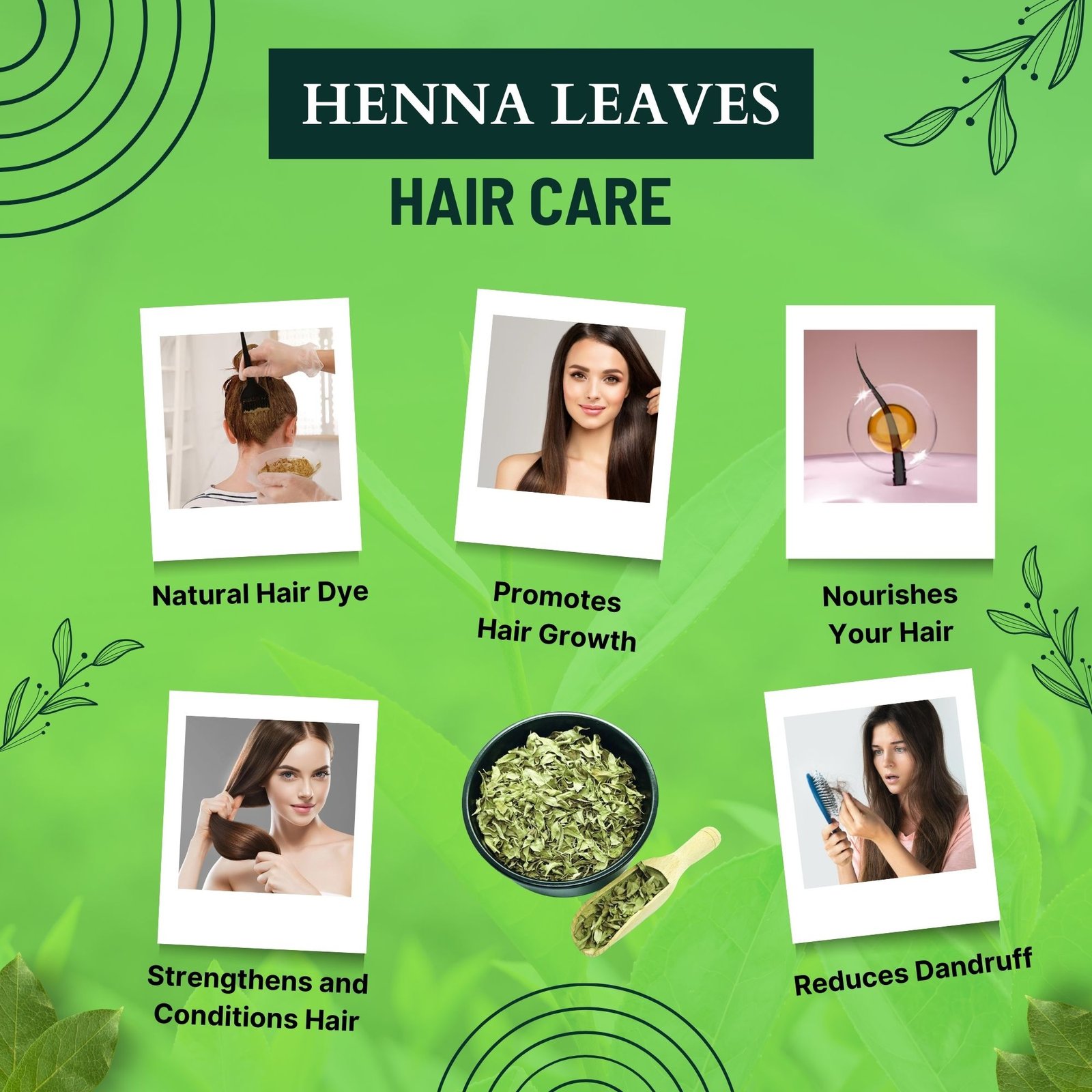
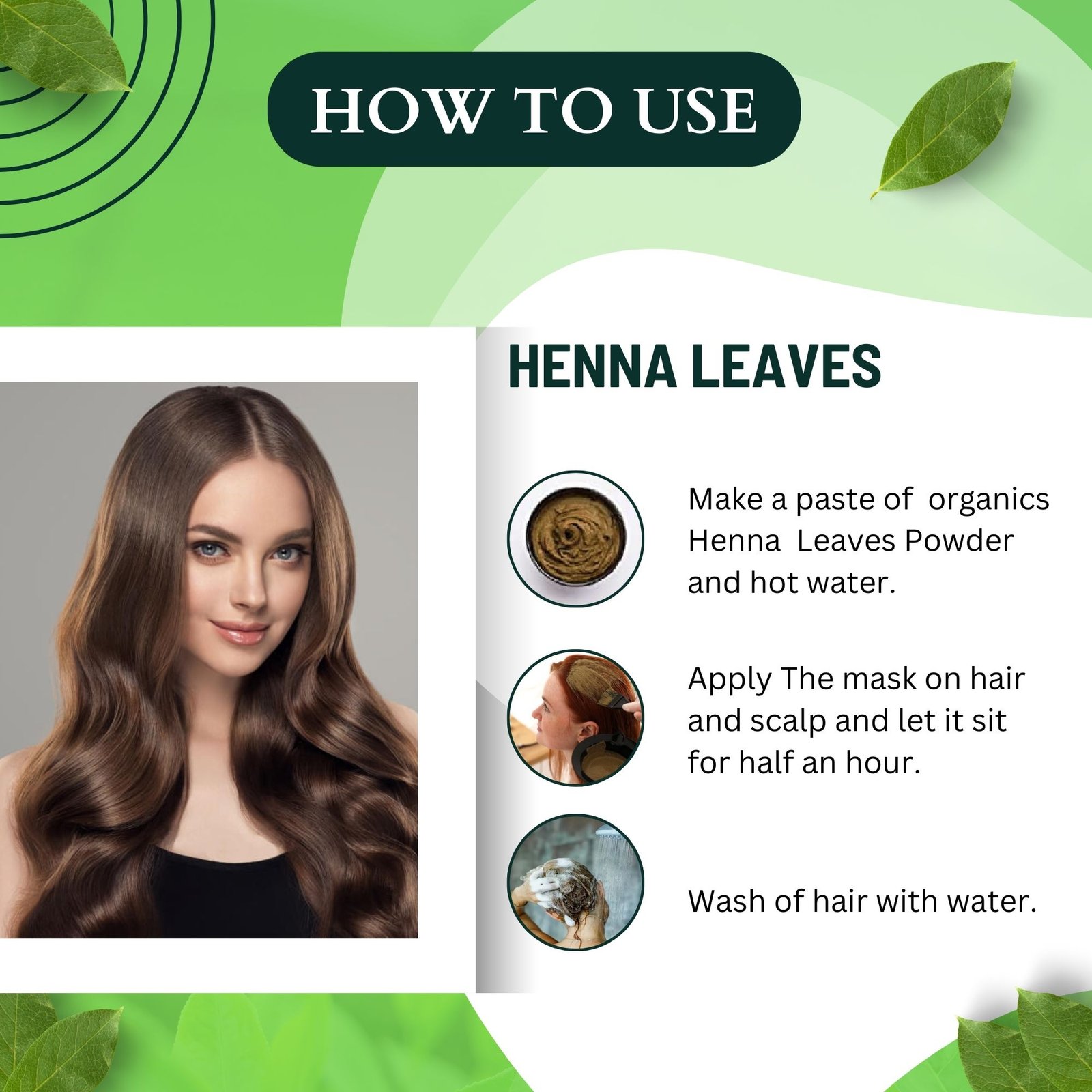
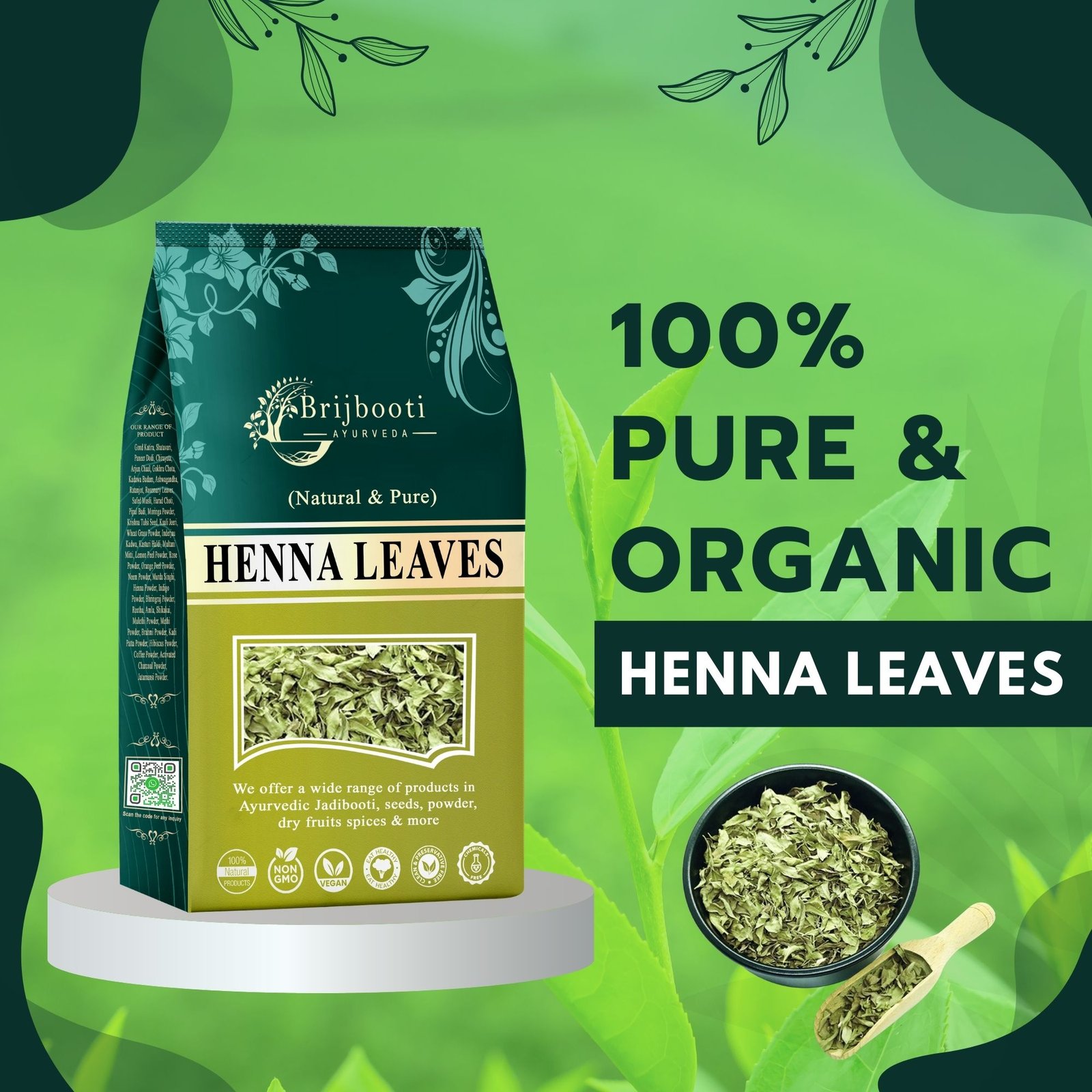

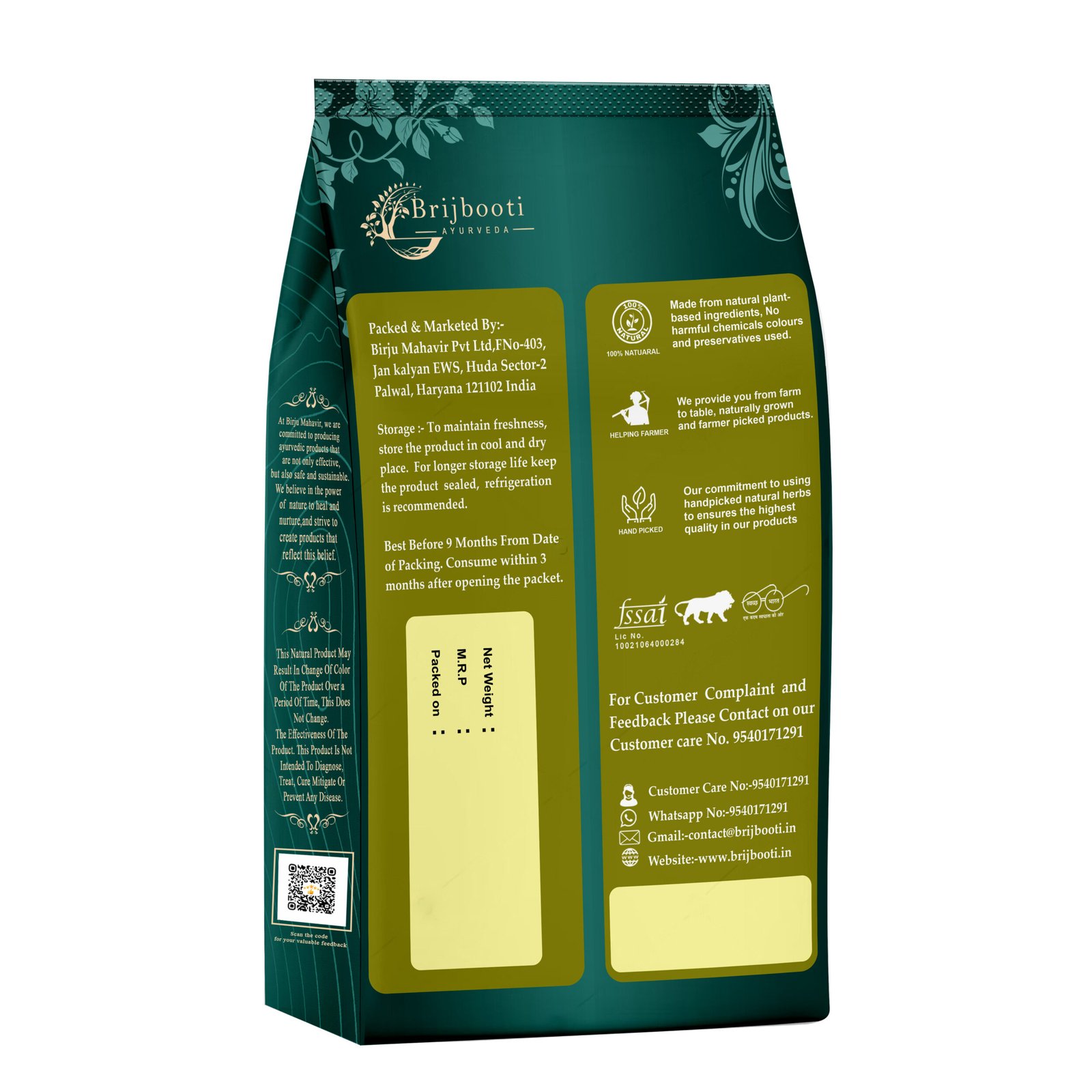




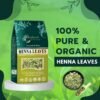
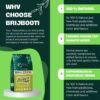


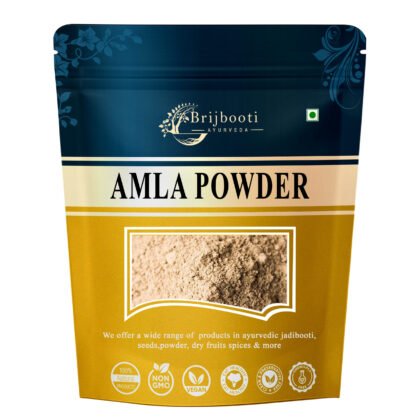
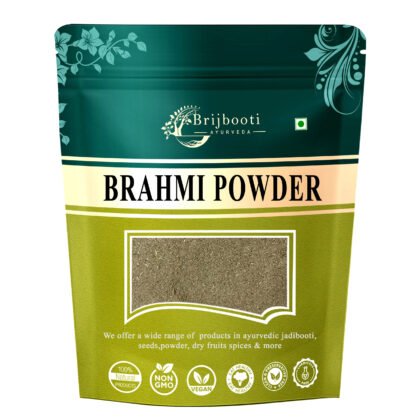
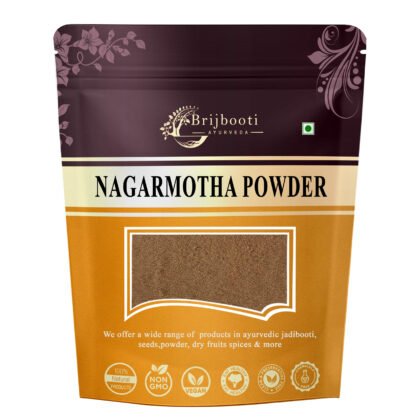


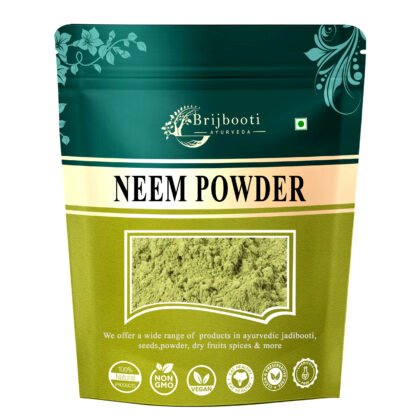
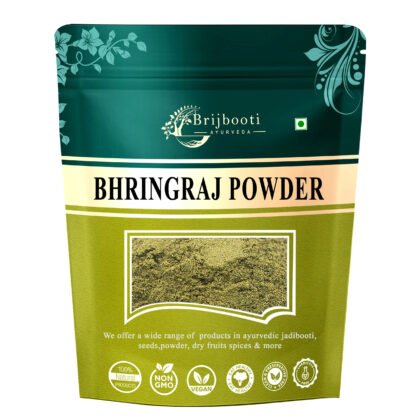
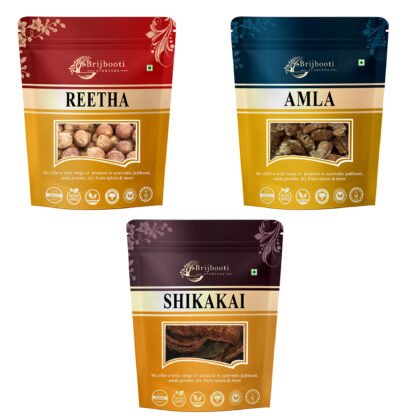
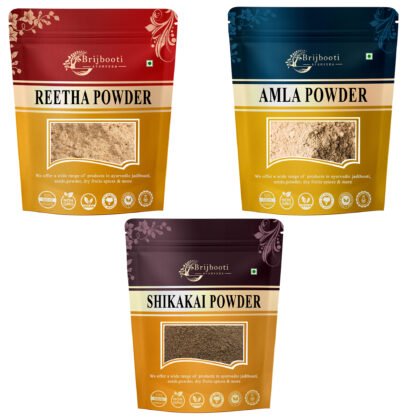
Reviews
There are no reviews yet.